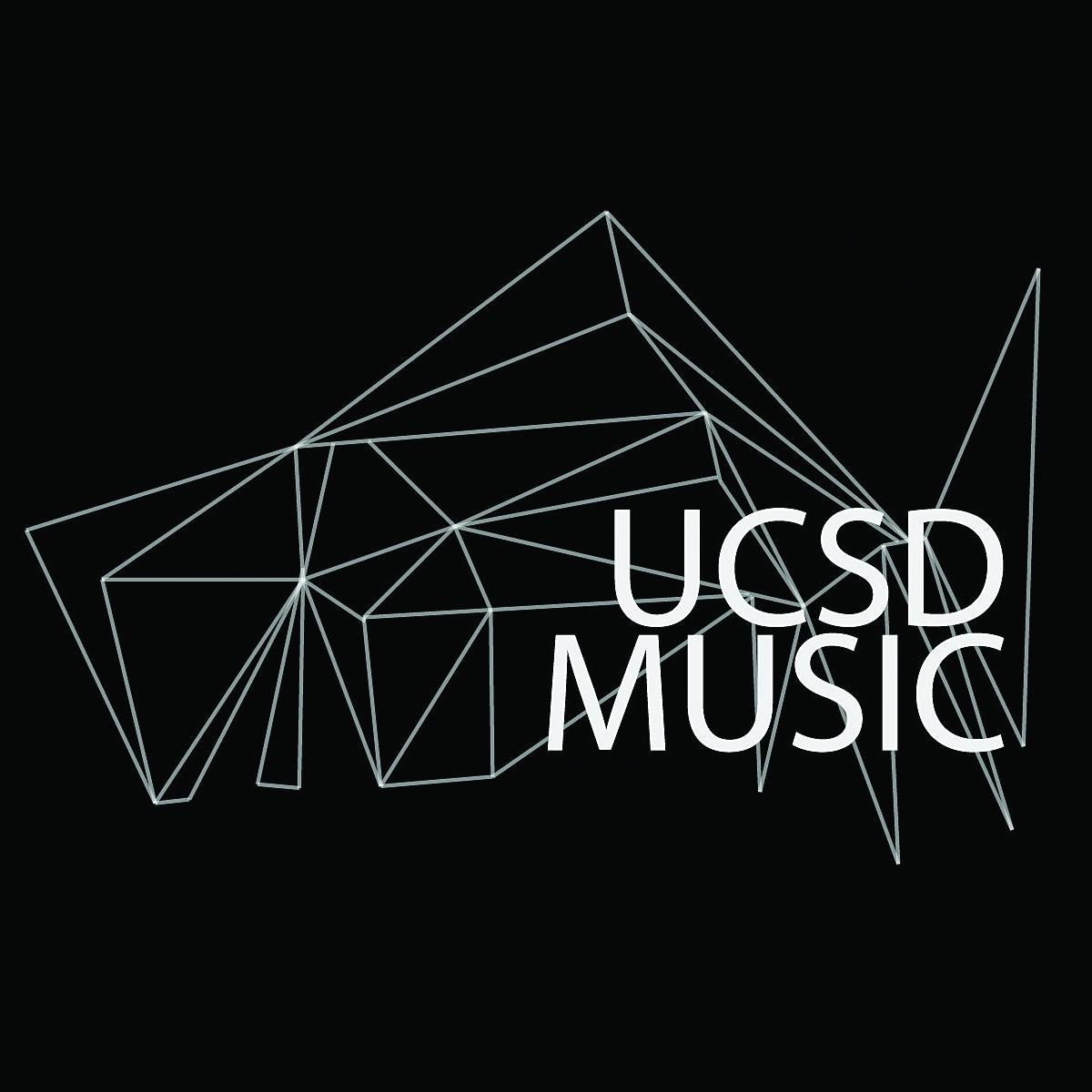Voice + electronics
Works by Rand Steiger, Agata Zubel, Phillipe Manoury, Marta Sniady and more.
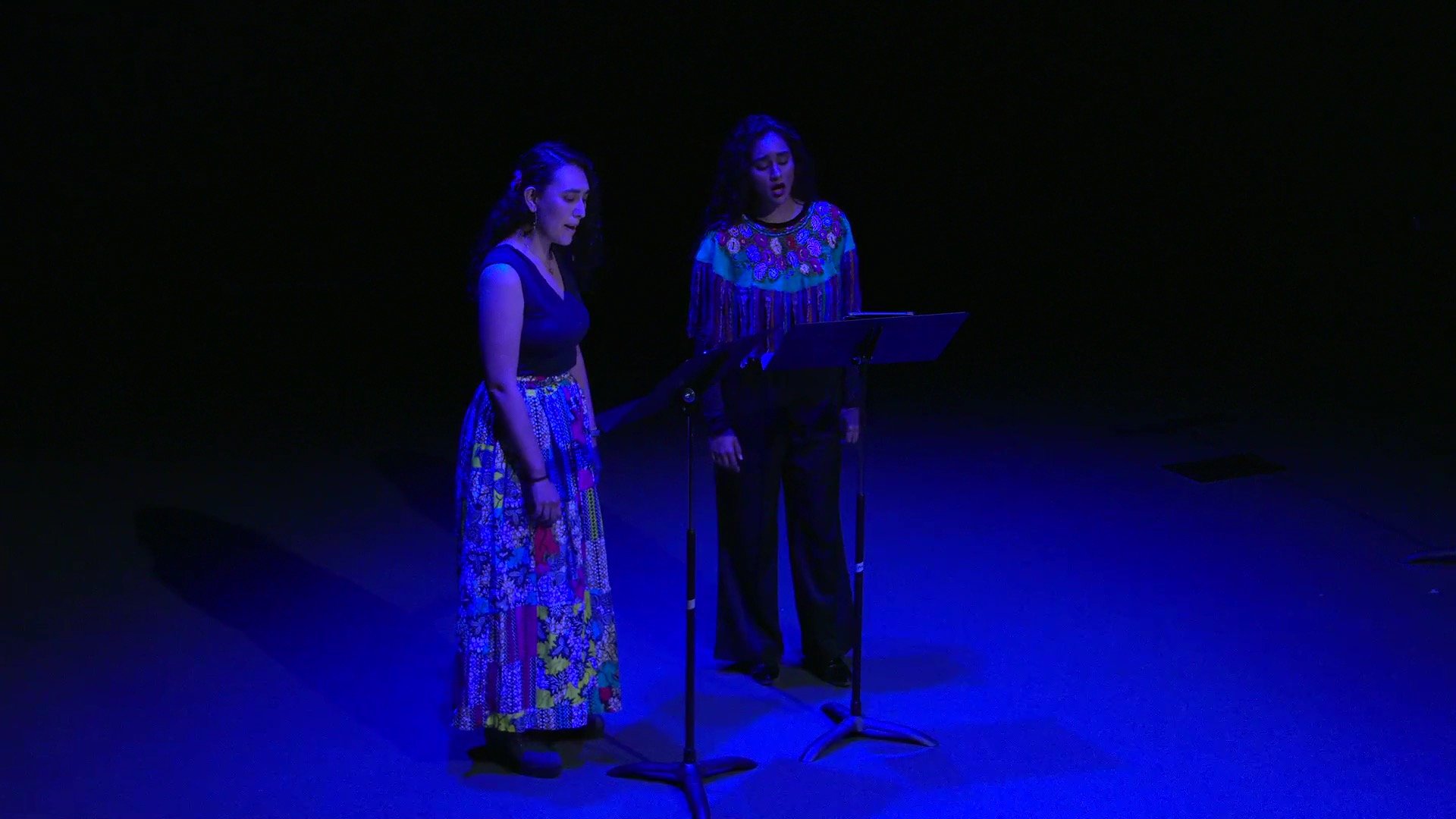

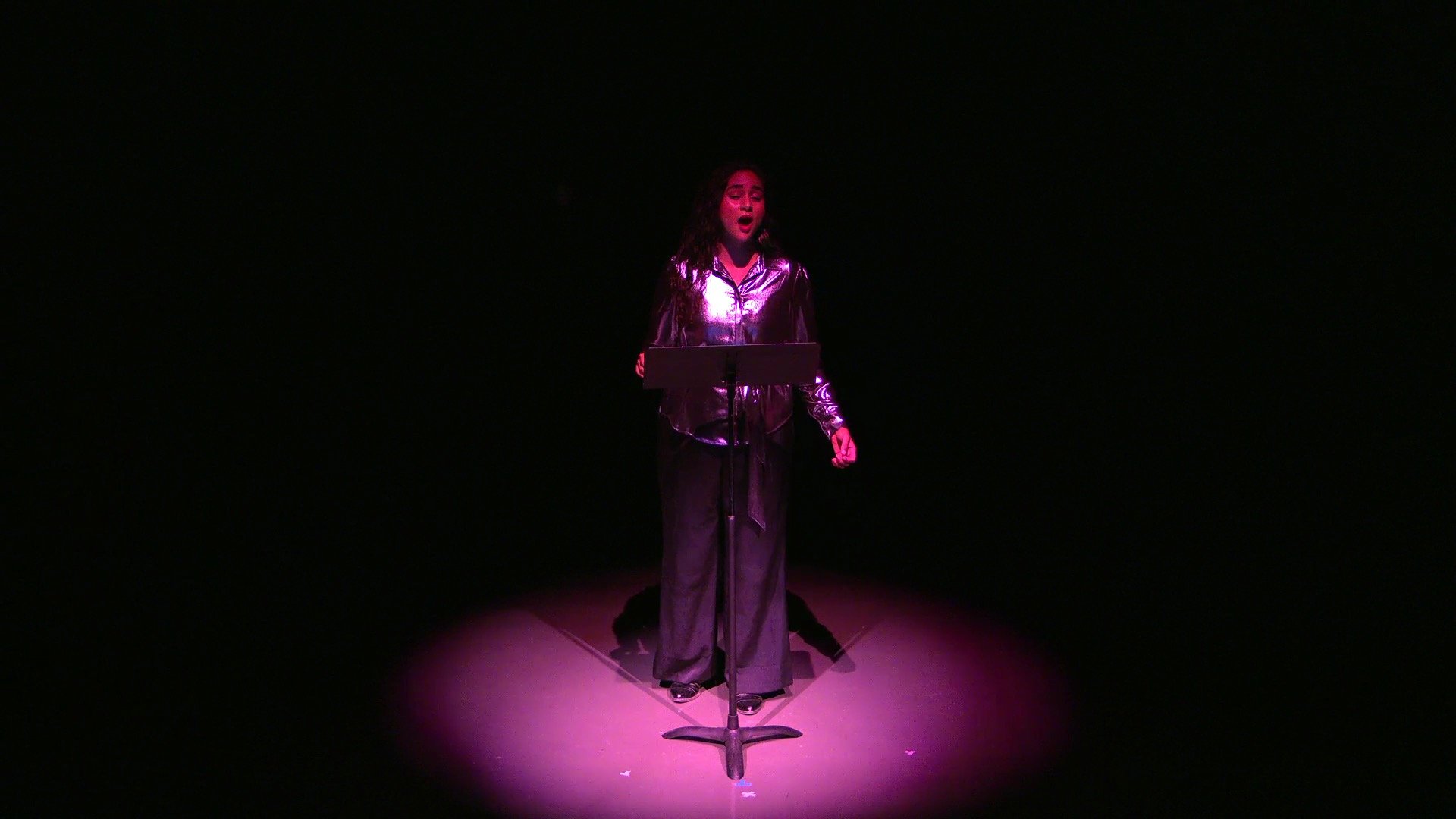
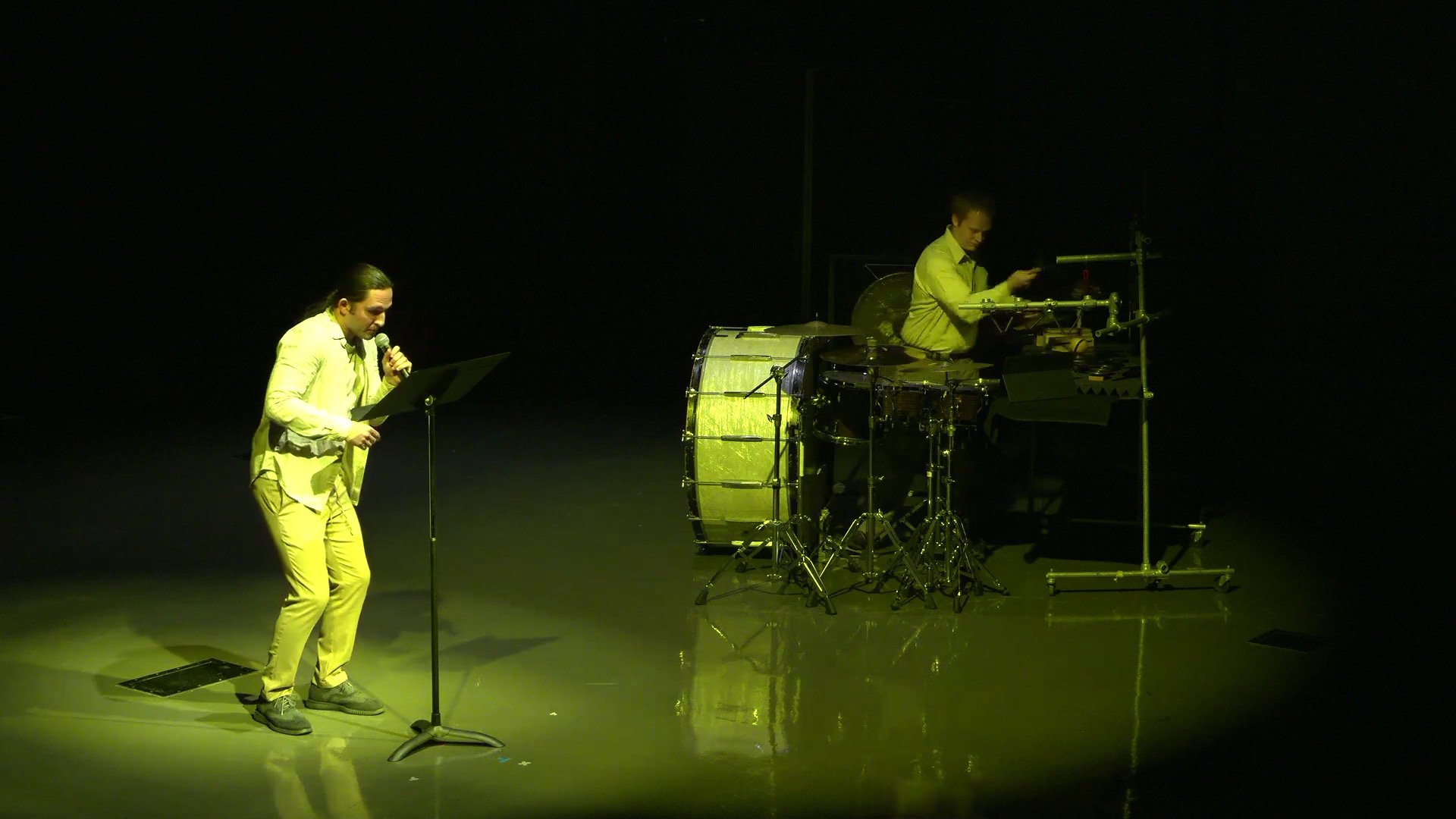
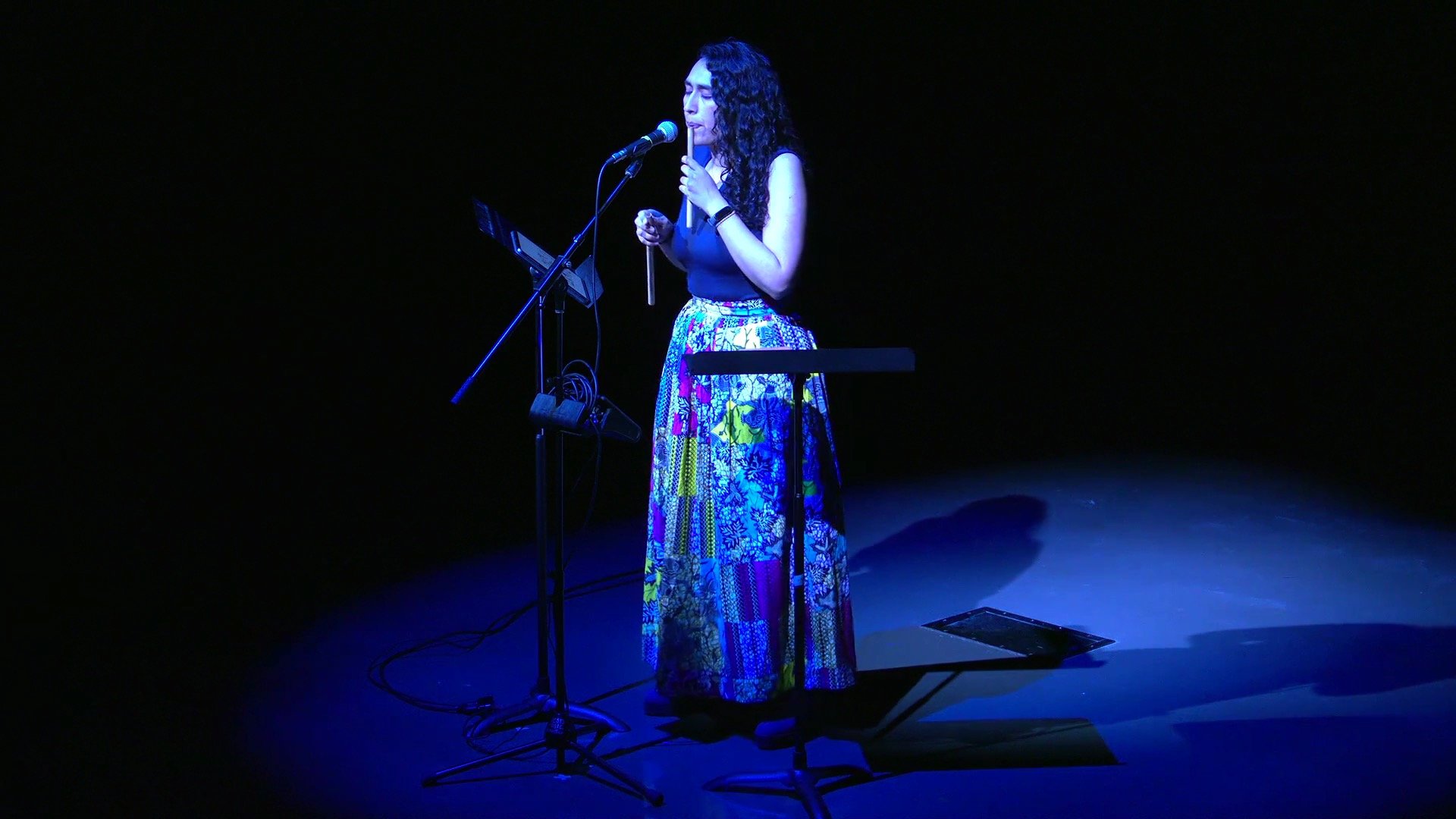
Where
UC San Diego Experimental Theater
When
February 24, 2023 5 p.m.
Who
kallisti and guests
Genre bending, luscious ethereal ice cream for the ears; that’s what the best experimental music for voice and electronics can be. Our hour long concert will feature music by composers from all across the globe who have transformed the singing voice through their boundless musical ideas. Performed in the superb technological space of CPMC’s Experimental Theater, our concert is a chance to experience electronic music in a way you’ve never imagined.
Rand Steiger
Falling, rising for two female voices and electonics
Natalia Merlano Gomez and Mariana Flores Bucio, sopranos
Agata Zubel
Parlando for voice and electronics
Unisono 1 for voice, percussion and electronics
Miguel Zazueta tenor and Mitchell Carlstrom percussion
Phillippe Manoury
Illud etiam for soprano and electronics
Mariana Flores, soprano
Marta Sniady S!C2 for soprano and electronics
Natalia Merlano Gomez, soprano
Piotr Grella-Mozejko Hesperonis: Sen (á Perotin)" (1990) bass and electronics
Andrew Crapitto, double bass
Macri Cáceres Cuerpo y Territorio (2022) Voice, flutes, and voice pedal
Natalia Merlano Gomez, soprano
ABOUT THE PROGRAM
Falling Rising (2016) by composer Rand Steiger was created as part of the music and light installation Nimbus, commissioned by the Los Angeles Philharmonic and produced by the acclaimed opera director Yuval Sharon. The sound installation hovered over the escalators at the Walt Disney Concert Hall for the 2016/2017 season. For the installation, the singers Kirsten Ashley Wiest and Ashley Cutright, both graduate students in performance at UC San Diego recorded the unaccompanied voices, and then echoes were added. The text is a setting of the Tenth Elegy of Rainer Maria Rilke’s Duino Elegies, translated by Yuval Sharon.
And we who always think of happiness rising/we will be overwhelmed by the emotion /of a happy thing falling rising falling
Today's performance will be the premiere of the work in a concert performance. The reverberation in communion with the harmonies and text creates an atmosphere where everything feels ethereal, celestial, floating … falling … rising. (NMG)
Agata Zubel - Parlando and Unisono 1
This evening I am excited to present two pieces by the internationally acclaimed contemporary Polish composer and vocalist, Agata Zubel. Throughout her career she has collaborated with leading ensembles, such as Klangforum Wien, Ensemble InterContemporain, and Neue Vocalsolisten, among many others. The New York Times has considered her as “One of Europe’s most accomplished and internationally successful contemporary classical composers and vocalists.” When performing her music I have the experience of being transported to a world of primal and powerful emotion; of uncensored color and expression. The many intricate structures have a distinct naturality of vocal and human expression, that makes it almost impossible for me not to embody them.
“Parlando” is a solo piece for voice and electronics that, as its title reveals, uses the resources of sound and musicality from the polish language without using explicit words or phrases. The materials are transformed into a medium for the expression of very diverse and contrasted emotional states. Yet, through its energetic gestures, there are very detailed and specific instructions on how to articulate these sounds, which makes it a nuanced and personal experience for me as a performer, and hopefully for you as well.
The second piece “Unisono I” is a piece for voice, percussion, and computer. Unisono means unison, which can be described as one sound material being played by two or more sources. In this case, the percussionist, Mitchell Carlstrom, and myself are going to perform in a way in which the percussion and the voice are going to sound as an extension of the other. The specific instrumentation and timbers that Zubel has written, wonderfully suggests and facilitates the creation of this mixed timbre instrument. This piece has the potential of being both powerful, and subtle; free, and direct. I hope that we can experience and be immersed in the beautiful sound world created by this outstanding composer. (MZ)
Marta Sniady - S!C 2
S!C2 is a work for voice and audio playback written by the Polish composer Marta Sniady (1986-). The work won the first prize at the 11 Tadeusz Ochlewski's Composition Competition in 2013 and was premiered by ElettroVoce Ensemble (Agata Zubel - Soprano) and (Cesar Duchnowski - Electronics).Snaidy's music builds connections into different art forms, considering it an essential medium of social communication.
S!C 2 explores the voice in many ways and the use of air in inhaling and exhaling, creating a unique sound with electronics as if they were one instrument. The dynamics are an essential part of it, helping the performer to develop the timbre to color the electronics.
It is possible to identify four sections in this piece. The first contains melodic content. The voice moves into different registers and dynamics, explores the harmonics with varying changes of vowels, and models the lips in contrasting ways. By constrast, in the second section, the voice starts exploring different sounds produced by consonants and air without a pitch. In some way, the singer and the playback communicate in a remarkably similar sonority, creating a dialogue. At the end of this section, the performer should improvise with materials sung before and provided by the composer in different boxes. The third section is similar to the second one regarding the phonemes used. Nevertheless, the color created between consonants and vowel changes is more predominant. Finally, the last section examines the guttural sound a voice can make in inhaling and exhaling, finalizing in a clear breath.
The electronics are conceived not as an accompaniment but as an equal partner for the voice, treated or as another instrument. The sounds were created with prepared violins, the disassembled, out-of-tuned piano frame in the computer studio, and sounds generated by synthesizers. S!C 2 is an engaging piece that navigates many possibilities that the voice has and matches perfectly with the electronics created for the work, giving us a harsh, airy, smooth, sharp, and peculiar sound. https://martasniady.com/ (NMG)
Philippe Manoury - Illud etiam (2013)
"Illud etiam" is a piece written in 2013 for soprano and electronics (software: Pd) composed by Philippe Manoury in collaboration with Miller Puckette, both UCSD Emeritus Faculty. Manoury, a French composer, studied with remarkable personalities like Gerard Condé, Max Deutsch, Michel Philippot, and Ivo Malec. Miller Puckette is the creator of Max, a widely used computer music software environment released commercially in 1990; he is currently developing Pure Data ("Pd"), an open-source real-time multimedia arts programming environment. Manoury and Puckette began collaborating in 1981, first at IRCAM, founded by composer and conductor Pierre Boulez, and subsequently at UCSD.
'Illud Etiam is the last composition that Manoury wrote in San Diego, inspired by scenes from the film "The Seventh Seal" by Ingmar Bergman, which alludes to acts of witchcraft in the Middle Ages. In the piece, you can find two characters: a woman and an inquisitor. Each character is differentiated by language, melodic material, rhythm, articulation, and intention. While the woman expresses with texts in French (Louise Labé), with long melodic lines through a wide register, flexible and free rhythms, and legato phrasing, the inquisitor part has texts in Latin (Reginon de Prüm), with melodies mainly in the central register of the soprano voice, very rhythmic, and full of accents.
While the characters are not meant to communicate with each other (the piece is not a conversation), you can perceive how they are intimately related. The Latin text (the inquisitor) expresses disgust and contempt about women "seduced by Satán," and the French text (the woman) shares passionate expressions and reactions to life. For me, "Ilud Etiam" touches on the concept of judgment. The singer's part in the piece, ends with the text "Je vis, je meurs: je me brûle" (translation: I live, I die: I burn). Is it fire as the fire that consumes the evil witches or the inner fire of desire and passion? (MF)
Piotr Grella-Mozejko - "Hesperonis: Sen (á Perotin)"
"Hesperonis: Sen is a short piece by Canadian-Polish composer Piotr Grella-Mozejko for solo bass with live electronics. Though a unique work in and of itself, the piece evokes the music of two other composers, Claude Vivier (1948-1983) and Perotin (c.1160-1200), in ways both literal and abstract. The work is dedicated in memoriam Vivier, and echoes his spectral music, especially through the almost exclusive use of the natural harmonics of the double bass. The bass writing — despite being incredibly technical — is often ethereal and wispy, and is enhanced by live signal processing which the composer leaves largely to the discretion of the performer. He specifies only that it should include some harmonization "parallel to the main text." It is here that the reference to Perotin becomes clear, with the electronic harmonization of the bass by parallel fourths harkening back to the medieval polyphonic style in which Perotin wrote." (AC)
Macri Caceres - Cuerpo y Territorio
Cuerpo y Territorio was written in 2021 by the Peruvian Composer Macri Caceres. It was a commission for the project CINCO, in which the singer Natalia Merlano Gomez invited 5 Latin American composers to create five pieces for voice and electronic released in video clips in September 2022.
In Caceres' music, textures and timbres are fundamental aspects. She uses elements from other disciplines, such as poetry, visual arts, and data bending, to create her scores. Also, her labor as a ceramic flute builder has allowed her to create pieces for those instruments. Cuerpo y Territorio is a piece inspired by the geography of the Peruvian Andes in contrast with the veins in the body. Also, it reflected the -body and land- as territories of conquest.
The graphical score comprises satellite images of white and black photos from the Peruvian Andes. They are deconstructed to create the different moments in the piece. It has an improvisatory character but with defined parameters such as time, register in the flute, and voice indications in the bamboo stick performed at the end. On the other hand, the electronics develop through loops created with different effects such as reverberation, delays, and some other filters. Those are played by the flute and are a playback made live. Besides, it has a text written by the composer, symbolically talking about concepts such as territory, colonialism, body, and creation. (NMG)


